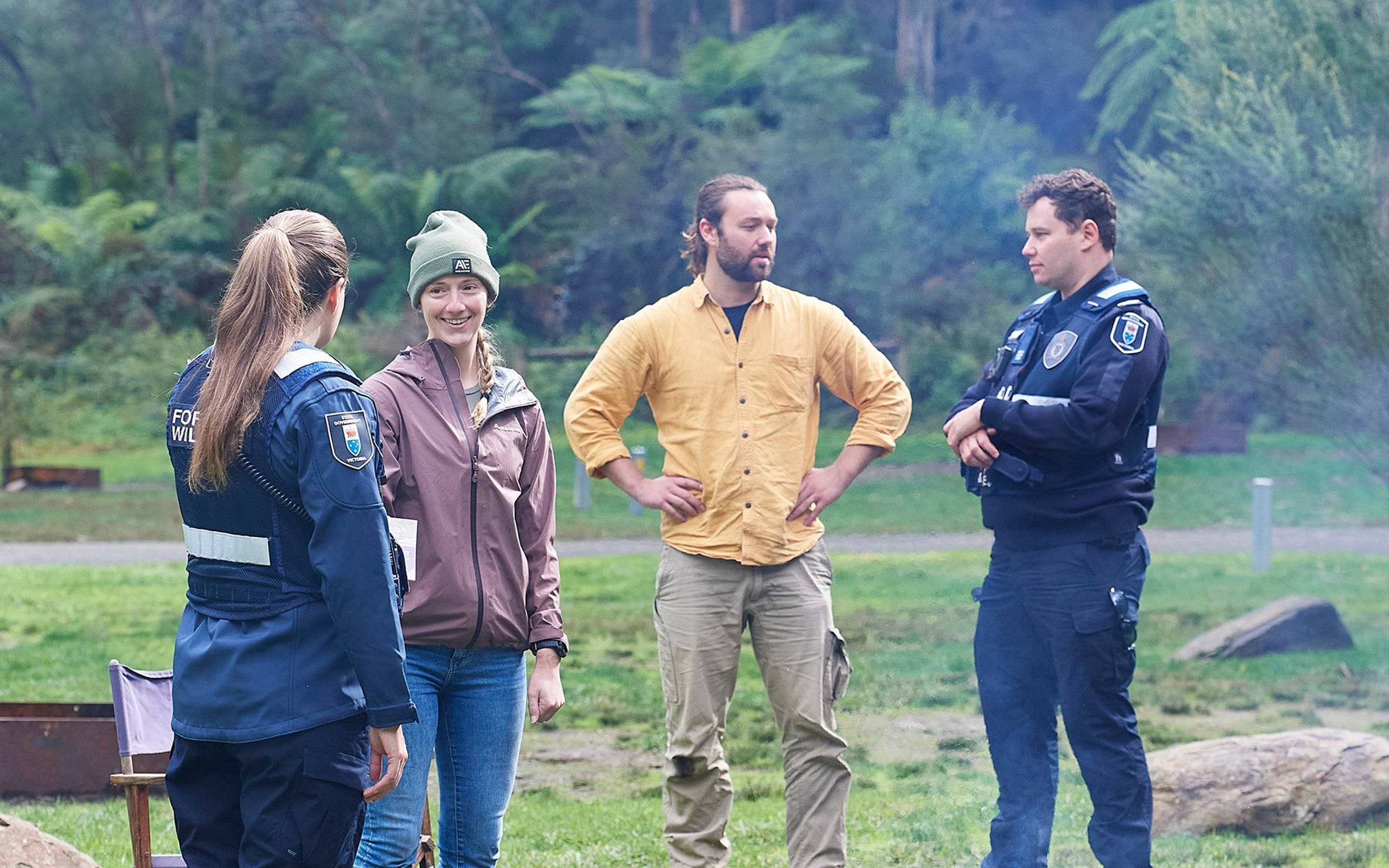The Conservation Regulator is responsible for the regulation of public land use, native wildlife, biodiversity and fire prevention. We are a specialist regulator, established within the Department of Energy, Environment and Climate Action (DEECA).
Our approach is graduated and proportionate. We seek to educate by explaining the risks and impacts of actions on forests and wildlife. We monitor compliance with relevant laws, investigate alleged breaches of these laws and as appropriate enforce the law to achieve compliance and protect Victoria’s public land and biodiversity for current and future generations.
We work in partnership with Victorian communities, Traditional Owners, land managers, co-regulators, and other stakeholders to achieve better conservation outcomes.
Our mission, vision, and regulatory outcomes
Our mission
To be an effective, trusted, best practice regulator
Our vision
To create and maintain liveable, inclusive, sustainable communities and thriving natural environments
Our regulatory outcomes
We regulate to achieve three key outcomes:
- Equitable and safe access to public land and use of natural resources
- Protected natural and heritage values
- Sustainable communities – social, economic, and environmental
Our regulatory priorities
Regulatory priorities support the Conservation Regulator to focus efforts on the greatest environmental risk and what is most important to Victorians.
In 2023–2024, we adjusted our regulatory priorities based on a state-wide intelligence gathering, analysis and risk assessment process, and to reflect community concern for the protection of native flora and fauna. As a result, wildlife cruelty and the protection of threatened species were introduced as priority areas. Four priorities from the previous year remained unchanged, given the ongoing environmental risk that illegal off-road vehicle use, illegal campfires, and illegal firewood theft pose in state forests, and the importance of regulating native timber harvesting to the end of 2023.
Our regulatory priorities outline what we have achieved in addressing each of these areas.
2023–2024 regulatory priorities
- Illegal campfires
- Illegal take of firewood
- Cruelty to wildlife
- Protection of threatened species
- Illegal vehicle use
Our compliance and enforcement approach
The Conservation Regulator focuses effort on the most significant risks to biodiversity, wildlife and public land. We do this by considering:
- The level of risk non-compliance poses to the outcomes we are trying to achieve
- Our ability to reduce these risks
- The most effective use of our resources.
This approach recognises that it is not practical or appropriate to take compliance and enforcement action in response to every alleged or suspected breach. Our effort and actions are focused where there is the greatest risk to our regulatory outcomes, and where we can efficiently and effectively reduce that risk.
We consider factors such as whether breaches of the law were intentional, reckless or repeated, and the impact of the breach. This means our response will be different depending on the circumstance, from providing information and advice about how to comply with the law through to imposing fines, cancelling licences and permits, or prosecuting for serious offending.
We monitor compliance with the law to prevent harm to the environment wherever possible. Through monitoring we identify non-compliance and maintain a credible threat of detecting those who are engaging in illegal activities. We also take preventative action through media, stakeholder engagement, and other educational activities, to raise awareness of regulatory requirements and how to comply with the law, as well as encouraging the community to report suspected wildlife and forest crimes.
Updated

